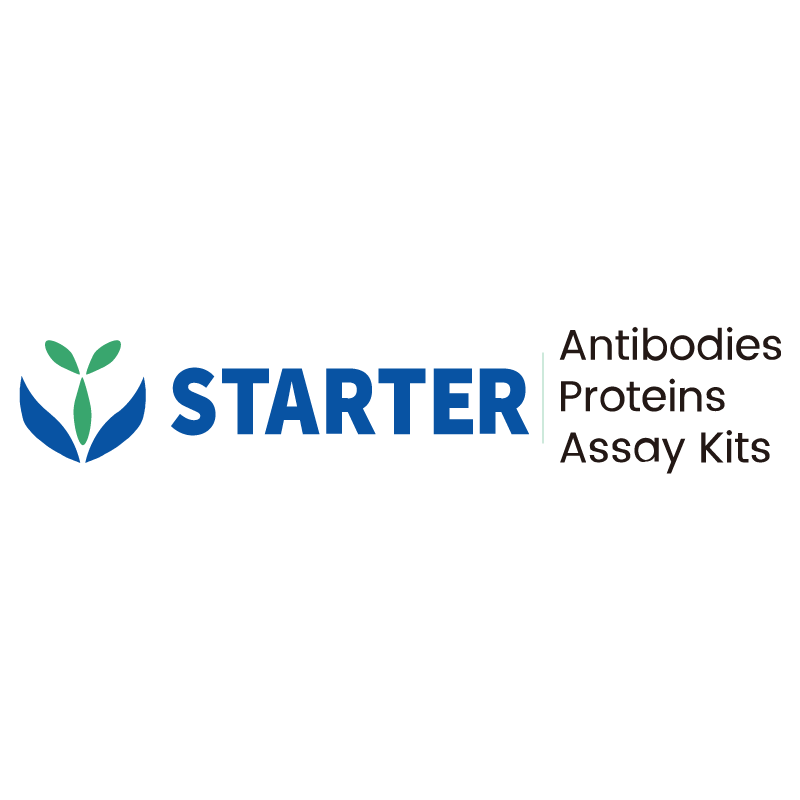Flow cytometric analysis of Human CD7 expression on human peripheral blood lymphocytes were stained with Brilliant Violet 421™ Mouse Anti-Human CD3 Antibody and either Phycoerythrin mouse IgG1, κ Isotype Control (Left panel) or SDT PE Mouse Anti-Human CD7 Antibody (Right panel) at 1.25μl/test. Flow cytometry and data analysis were performed using BD FACSymphony™ A1 and FlowJo™ software.
Product Details
Product Details
Product Specification
| Host | Mouse |
| Antigen | CD7 |
| Synonyms | T-cell antigen CD7; GP40; T-cell leukemia antigen; T-cell surface antigen Leu-9; TP41 |
| Immunogen | Recombinant Protein |
| Accession | P09564 |
| Clone Number | S-575-17 |
| Antibody Type | Mouse mAb |
| Isotype | IgG1,k |
| Application | FCM |
| Reactivity | Hu |
| Positive Sample | human peripheral blood lymphocytes |
| Purification | Protein G |
| Concentration | 0.2 mg/ml |
| Conjugation | PE |
| Physical Appearance | Liquid |
| Storage Buffer | PBS, 1% BSA, 0.3% Proclin 300 |
| Stability & Storage | 12 months from date of receipt / reconstitution, 2 to 8 °C as supplied |
Dilution
| application | dilution | species |
| FCM | 1.25μl per million cells in 100μl volume | Hu |
Background
CD7, also known as GP40, is a transmembrane glycoprotein and a member of the immunoglobulin superfamily, primarily expressed on the surface of T cells and natural killer (NK) cells. It is highly expressed in acute T-cell leukemia (T-ALL) and certain peripheral T-cell lymphomas. CD7 plays a significant role in the regulation and activation of the immune system. It is involved in T-cell and T-cell/B-cell interactions during early lymphoid development and acts as a co-stimulatory molecule with CD3, CD45, and PI3K. CD7 has two known ligands, K12 protein and galectin-1, which can influence T cell proliferation, migration, and apoptosis. Additionally, CD7 is being explored as a target for cancer therapies, such as antibody-drug conjugates, due to its high expression in certain malignancies.
Picture
Picture
FC


